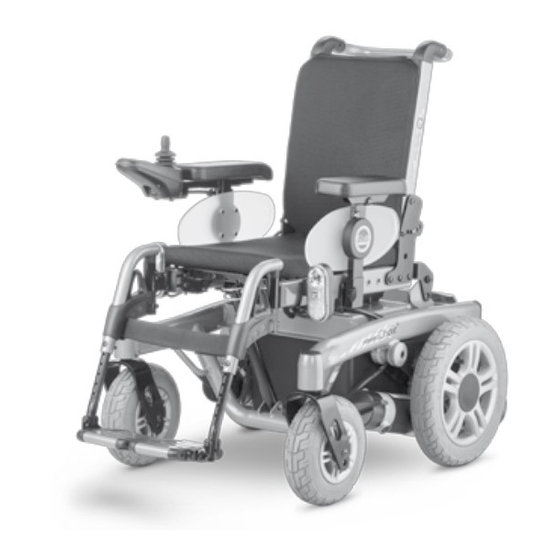
Meyra 1.610 Maintenance And Service Manual
Electric wheelchair
Hide thumbs
Also See for 1.610:
- Operating manual (68 pages) ,
- Operating manual (80 pages) ,
- Operating manual (84 pages)
















Need help?
Do you have a question about the 1.610 and is the answer not in the manual?
Questions and answers